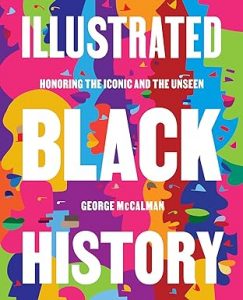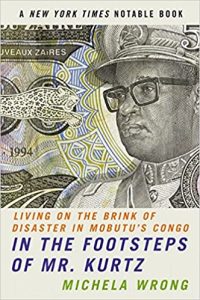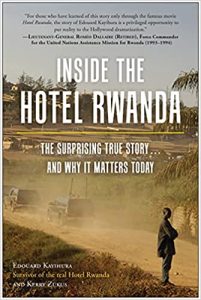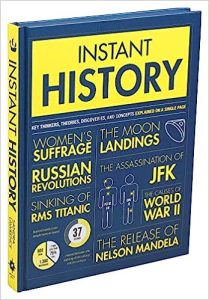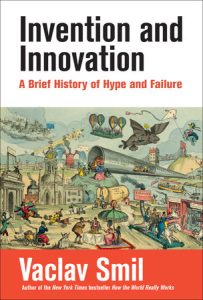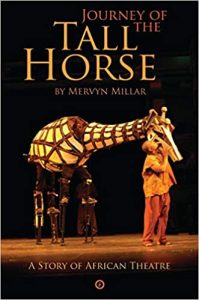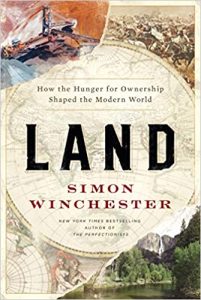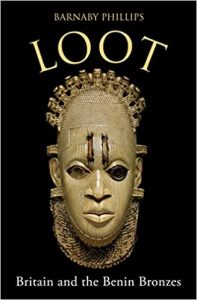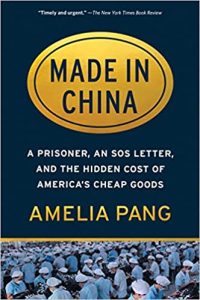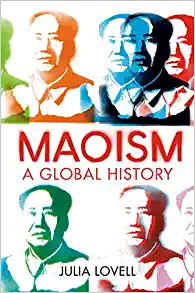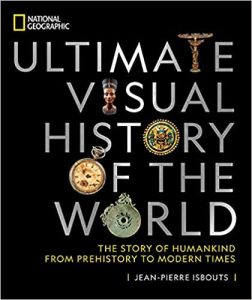Illustrated Black History
₦20,000.00Illustrated Black History is a breathtaking collection of original portraits depicting black heroes—both famous and unsung—who made their mark on activism, science, politics, business, medicine, technology, food, arts, entertainment, and more. Each entry includes a lush drawing or painting by artist George McCalman, along with an insightful essay summarizing the person’s life story.
The 145 entries range from the famous to the little-known, from literary luminary James Baldwin to documentarian Madeline Anderson, who produced “I Am Somebody” about the 1969 strike of mostly female hospital workers; from Aretha Franklin to James and Eloyce Gist, who had a traveling ministry in the early 1900s; from Colin Kaepernick to Guion S. Bluford, the first Black person to travel into space.
Beautifully designed with over 300 unique four-color artworks and accessible to readers of all ages, this eye-opening, educational, dynamic, and timely compendium pays homage to Black Americans and their achievements, and showcases the depth and breadth of Black genius.

